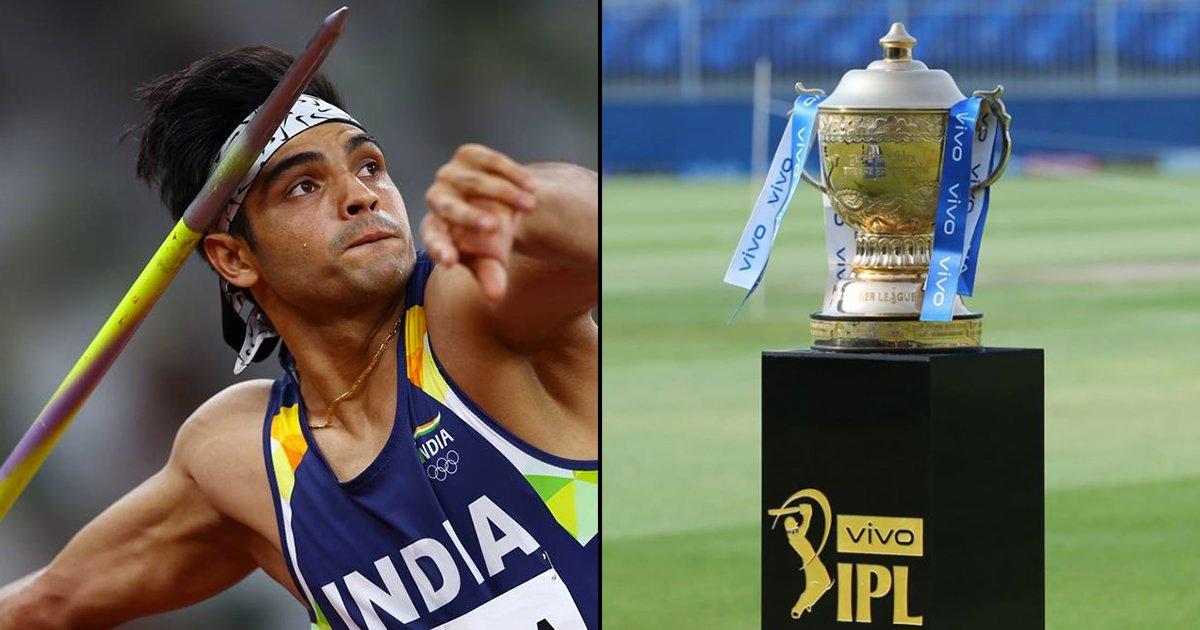It’s been a long time since I last expressed a strong desire to watch a Hindi language movie in theatres. There are several reasons for this. One among them is the COVID-19 pandemic. But also all the Bollywood films these days are more or less the same.
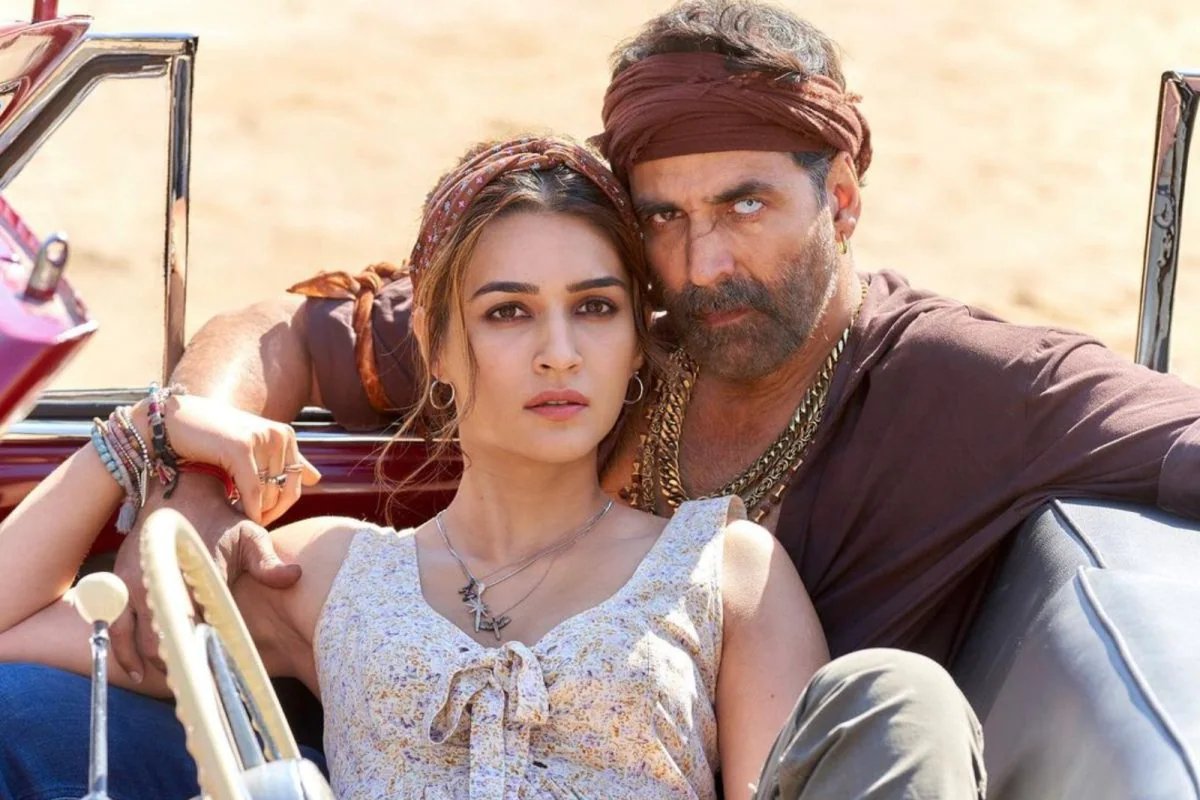
You pick any one of the recent Bollywood films and they’ll revolve around the same old stereotypes of gender, caste, community, age, etc. We watch these movies just for the sake of watching. The excitement and happiness of watching good cinema are not there.
started watching meenakshi sudareshwar yesterday and had to stop because of the cringe inducing cultural appropriation.
— Tomato 🍅 (@bheedenergy) January 29, 2022
probably would’ve been watchable if it was a tamil movie.
hindi movies should stick to the cow belt for basing their small town stories.
What really has changed? The repetitive old stories, actors, and plots are driving the audience away from Bollywood and towards regional movies, especially the South Indian cinema.
Since I started watching movies from Tamil, telugu and Kannada cinema , i could’nt watch bollywood horse shit movies.
— Kalishnikov Karma (@KarmaNikov) October 28, 2021
Just saying.
To put it simply, Telugu, Tamil, Kannada, and Malayalam movies have made remarkable inroads into the film-watching habits of the Indian audience. As a Hindi-speaking person, I did not get enough exposure to regional cinema. The pandemic changed things for good.
In October 2020, Amazon Prime Video announced an exhaustive list of movie acquisitions from the regional cinema which included Tamil film Maara starring Madhavan, Telugu movie Middle Class Melodies, Kannada movies Bheema Sena Nalamaharaja and Maane Number 13, among others.
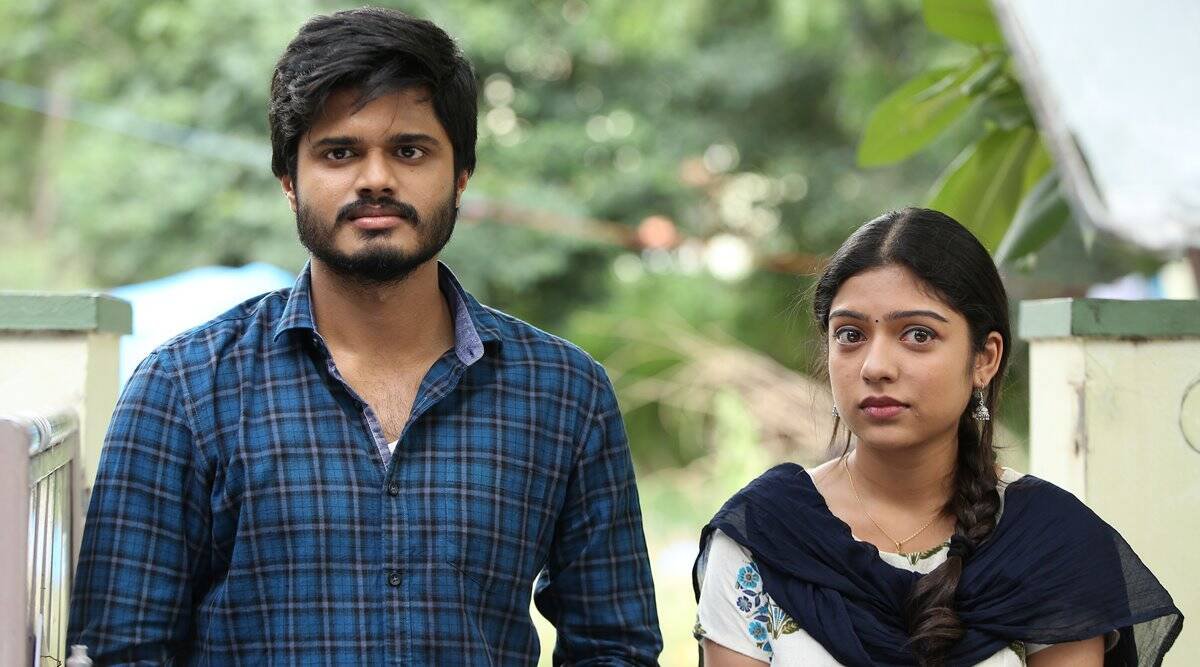
This gave us the golden opportunity to watch films that are different from conventional Bollywood. Honestly, Maara was the first regional language film that I ever watched (of course with subtitles). The film was a romantic remake of the hit 2015 Malayalam film Charlie. It felt surreal. Nowhere during the film did I feel like giving up. Rather it just aroused my inquisitiveness for more regional language films.
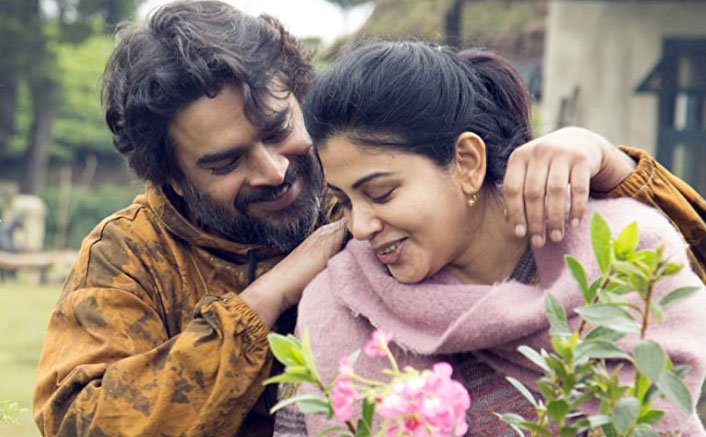
Something i got back into the habbit of during lockdown year : watching Malayalam movies. Lit stuff.
— LokiMelkoR (@LokiMelkoR) September 10, 2021
I was raised by a Tamil family next door because both my parents went to work. So during my childhood I watched a lot of Tamil and English programs.
I started watching South Indian movies just because of Allu Arjun, his movie Arya I saw on Zee Cinema and I became his fan and started watching Telugu and Tamil movies.
— Boies Pilled Bell⁴⁵👨⚕️ (@Im_Perfect45) October 27, 2021
Now what happens is if I hear my friends or colleagues talking about a good Malayalam movie on any OTT platform, I will check it out. It feels like I’ve fallen in love with watching movies all over again.
Every movie gives something new to look forward to. From Jai Bhim and Pushpa to Netrikann and The Great Indian Kitchen, each of these movies was groundbreaking and refreshing. Set apart by brilliant storytelling, acting, cast, and cinematography, these regional language films have been a blessing to those who had lost their interest in movies and not just in India.

Case in point, Jai Bhim, the Tamil legal drama based on a true incident of 1993, that became the highest-rated film on IMDb, ever. In India, the size and scale of the Bollywood industry are unmatched and regional films have remained confined to their geographies for years. But things are starting to change.
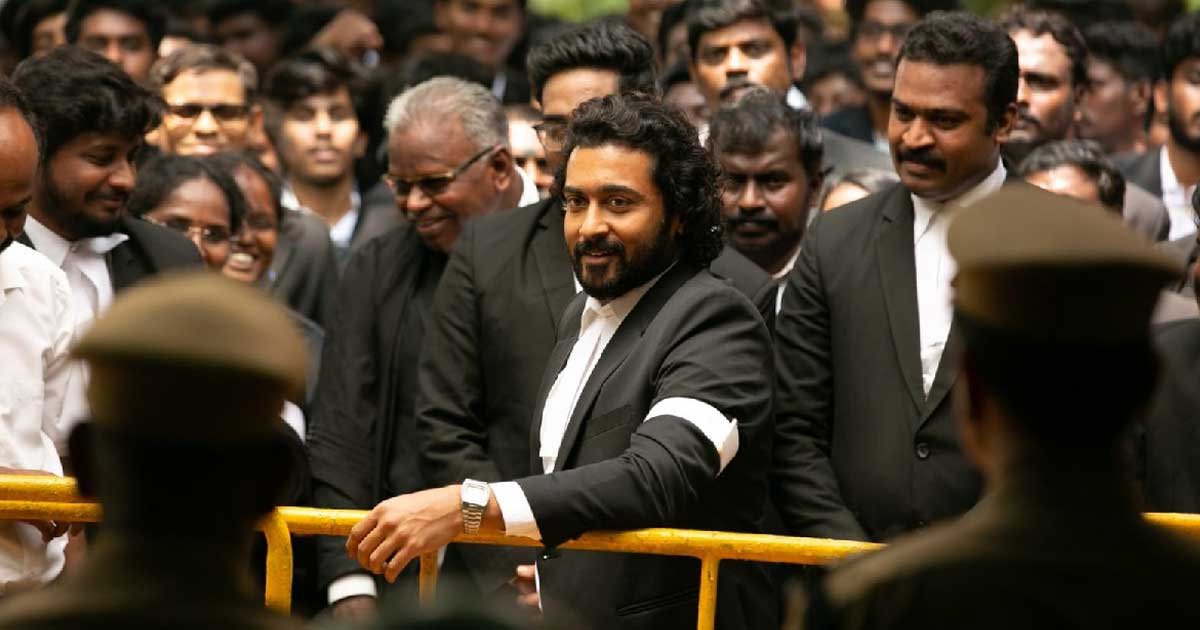
The Great Indian Kitchen, a Malayalam movie based on the story of a newlywed woman, was dubbed as the best Indian film of 2021 by the audience.
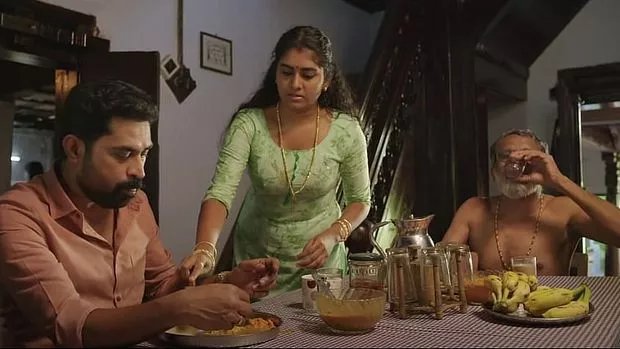
The sixth-week collections of Allu Arjun starrer Pushpa: The Rise in the Hindi circuits were the third-highest of all time, just behind Uri and Gadar. The film became a huge phenomenon not just in the Telugu-speaking states but also elsewhere.

As someone, who lost almost all interest in watching Bollywood movies, introduction to the regional cinema is like a breath of fresh air. It makes me watch movies that are experimental, innovative, and thought-provoking.






